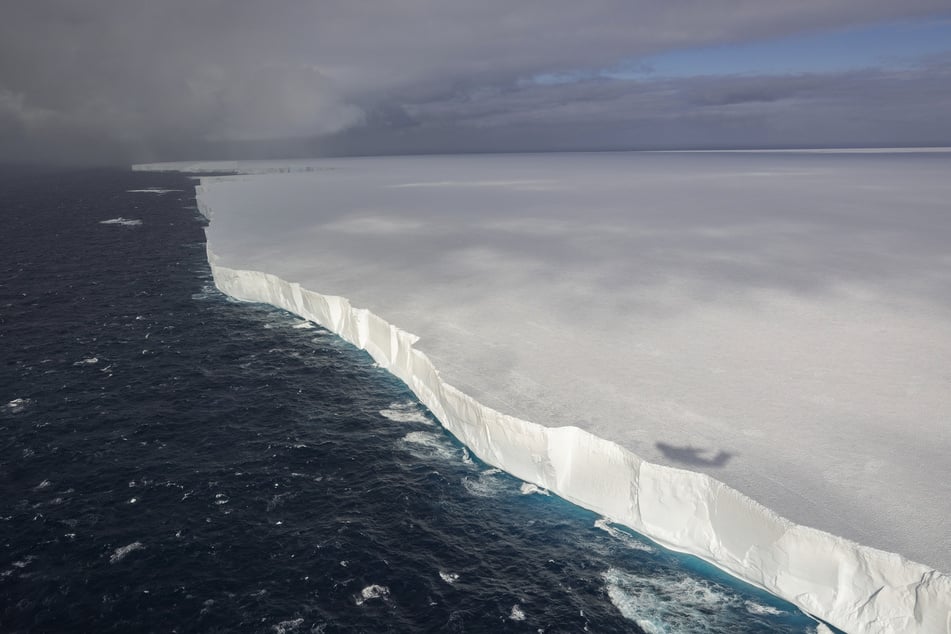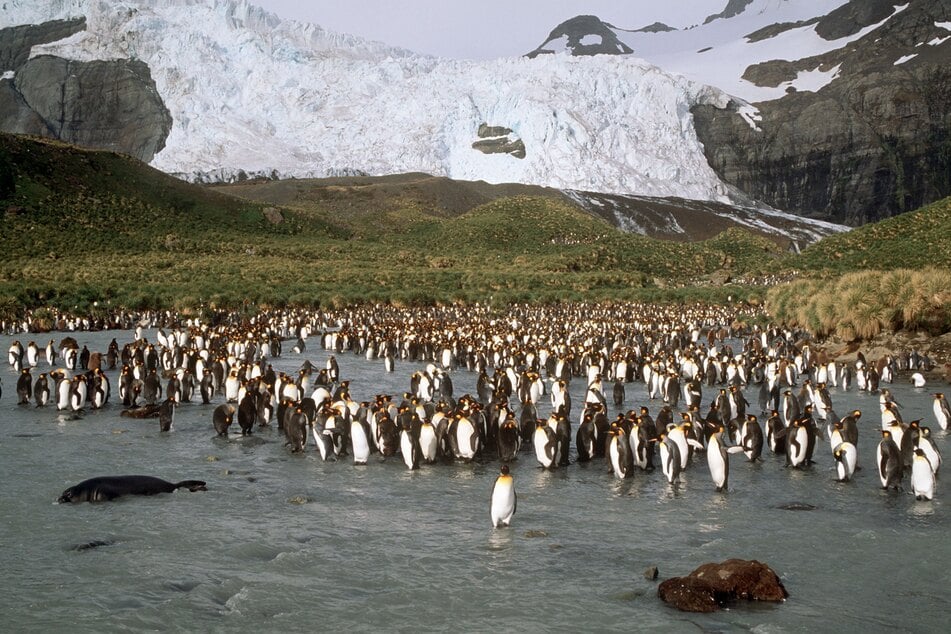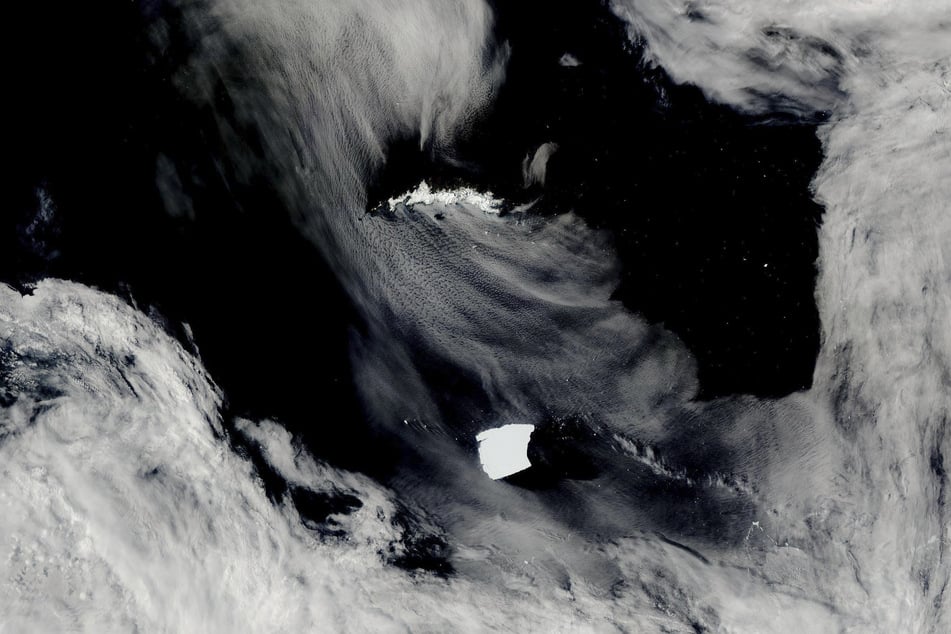Giant iceberg drifts towards island: many animals in danger
South Georgia - A gigantic iceberg drifts towards a remote island that is home to a wide variety of species. In the past, countless animals have fallen victim to such a natural spectacle.

The ice colossus with the name A23a has been on the move for some time. It broke away from the Filchner-Ronne Ice Shelf in Antarctica back in 1986, as reportedby the BBC.
It then got stuck on the seabed and spent decades in an ocean eddy .
It was only last December that the giant finally managed to free itself. Since then, it has been drifting inexorably into warmer waters, where it continues to melt further and further.
The big problem is its course: the giant iceberg, which majestically pushes its way through the ocean with a total area of 3,500 square kilometers, could become a danger to penguins, seals and other sea creatures.
It is currently on a direct collision course with the British island of South Georgia.
Colonies of king penguins live there, as well as many fur seals and elephant seals.

Ice colossus A23a: Nobody knows exactly what will happen next

The giant is still around 280 kilometers away from the remote piece of land. However, older data already shows how devastating gigantic icebergs can be for wildlife.
In the past, countless birds and seals have died because they could no longer get enough food, for example.
"Icebergs are inherently dangerous. I would be extremely happy if it just missed us completely," explained Captain Simon Wallace in connection with the current case.
Every movement of the unpredictable ice giant is being watched with bated breath by scientists and sailors, as no one can say exactly what will happen in the near future.
In any case, it is highly likely that A23a will soon be seen off the coast of South Georgia.